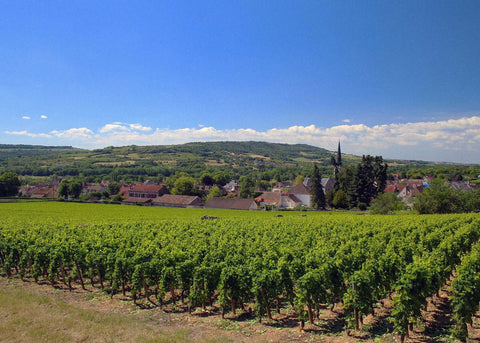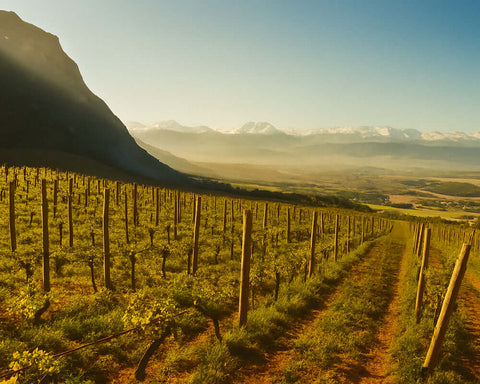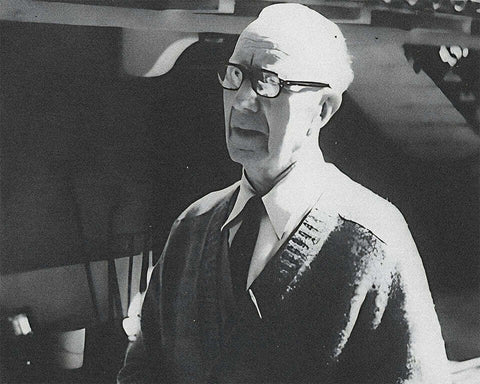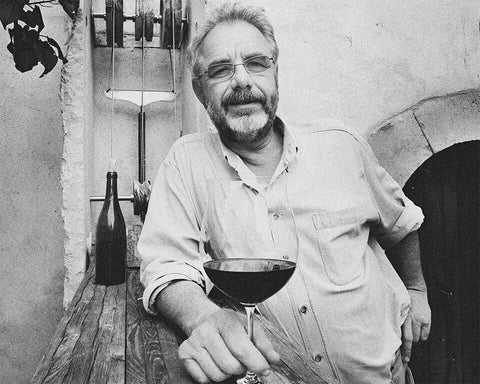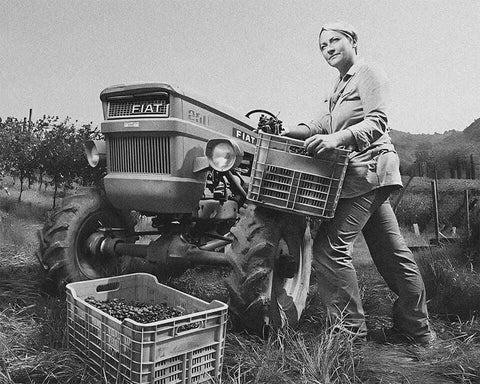Pinot Noir is a red grape variety renowned for producing some of the world's most elegant and sought-after wines. This thin-skinned grape is native to the Burgundy region of France but has found success in cool-climate wine regions around the globe.
Origins and History
Pinot Noir has a long and storied history dating back over 2,000 years. Roman conquerors first cultivated it in the Burgundy region of France. The grape's name comes from the French words for "pine" and "black," referring to its tightly clustered, pine cone-shaped bunches of dark-colored grapes.
Viticultural Characteristics
Pinot Noir is notoriously challenging to grow. It requires specific conditions to thrive. The grape prefers cooler climates and well-drained soils. It is particularly susceptible to various viticultural hazards, including frost, wind, and fungal diseases. This sensitivity to growing conditions contributes to its reputation as the "heartbreak grape" among vintners.
Wine Characteristics
Wines made from Pinot Noir grapes are prized for their light to medium body, low tannins, and high acidity. They typically exhibit aromas and flavors of red fruits like cherry, strawberry, and raspberry. As they age, Pinot Noir wines can develop complex tertiary aromas of mushrooms, forest floor, and spice.
Global Cultivation
While Burgundy remains the spiritual home of Pinot Noir, the grape has found success in many other regions. Notable areas include Oregon and California in the United States, Central Otago in New Zealand, and the Yarra Valley in Australia. Each region imparts its unique terroir characteristics to the resulting wines.
Versatility in Winemaking
Pinot Noir's versatility extends beyond still red wines. It is a key component in many Champagne blends, contributing to the wine's structure and aromatic complexity. The grape is also used to produce rosé wines and is sometimes vinified as a white wine, known as Blanc de Noirs.
Food Pairing
The light body and high acidity of Pinot Noir make it an excellent food pairing wine. It pairs well with various dishes, from grilled salmon to roast chicken. Its versatility on the dinner table has earned it a favorite spot among sommeliers and food enthusiasts.



